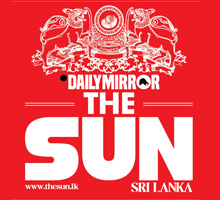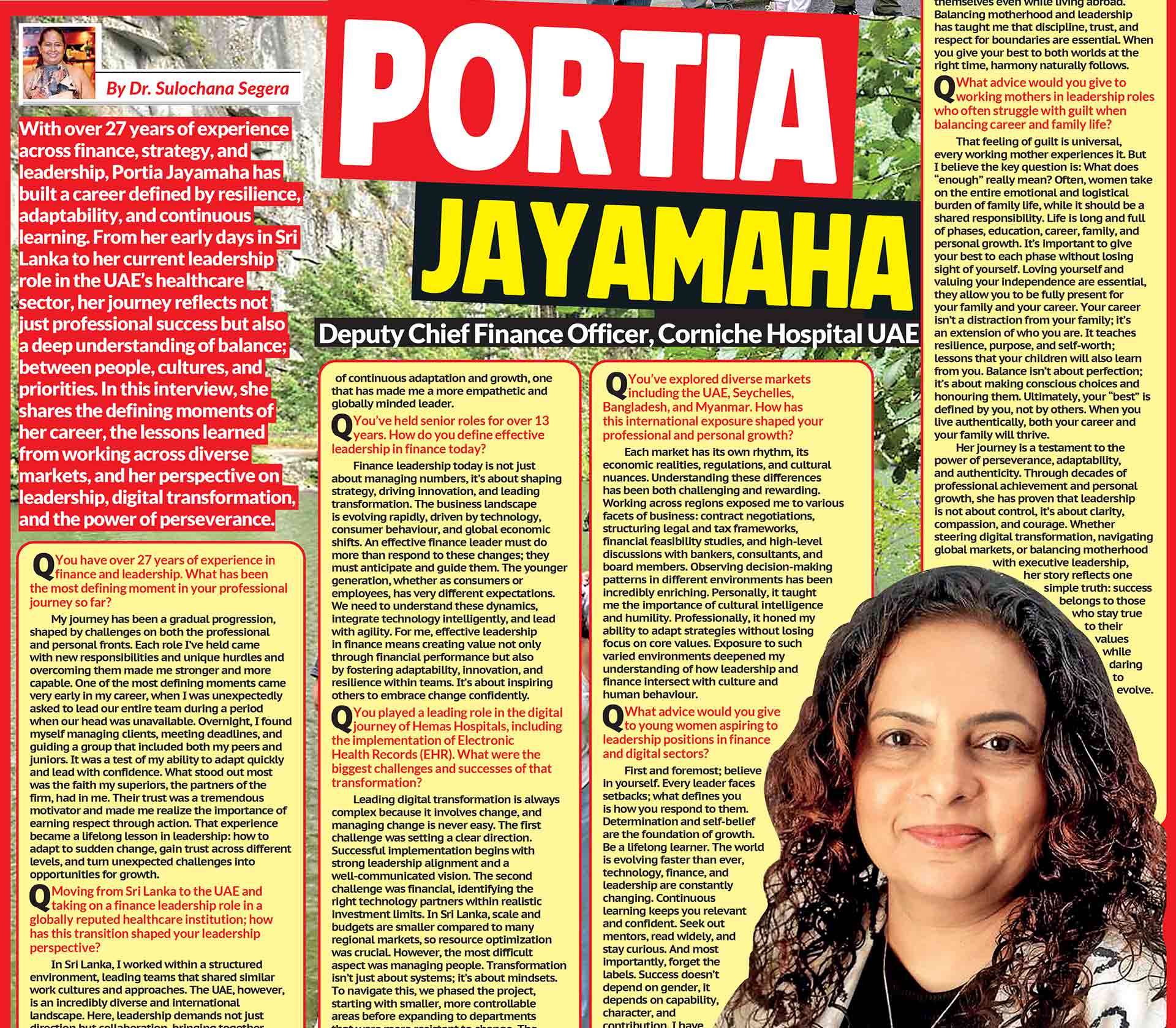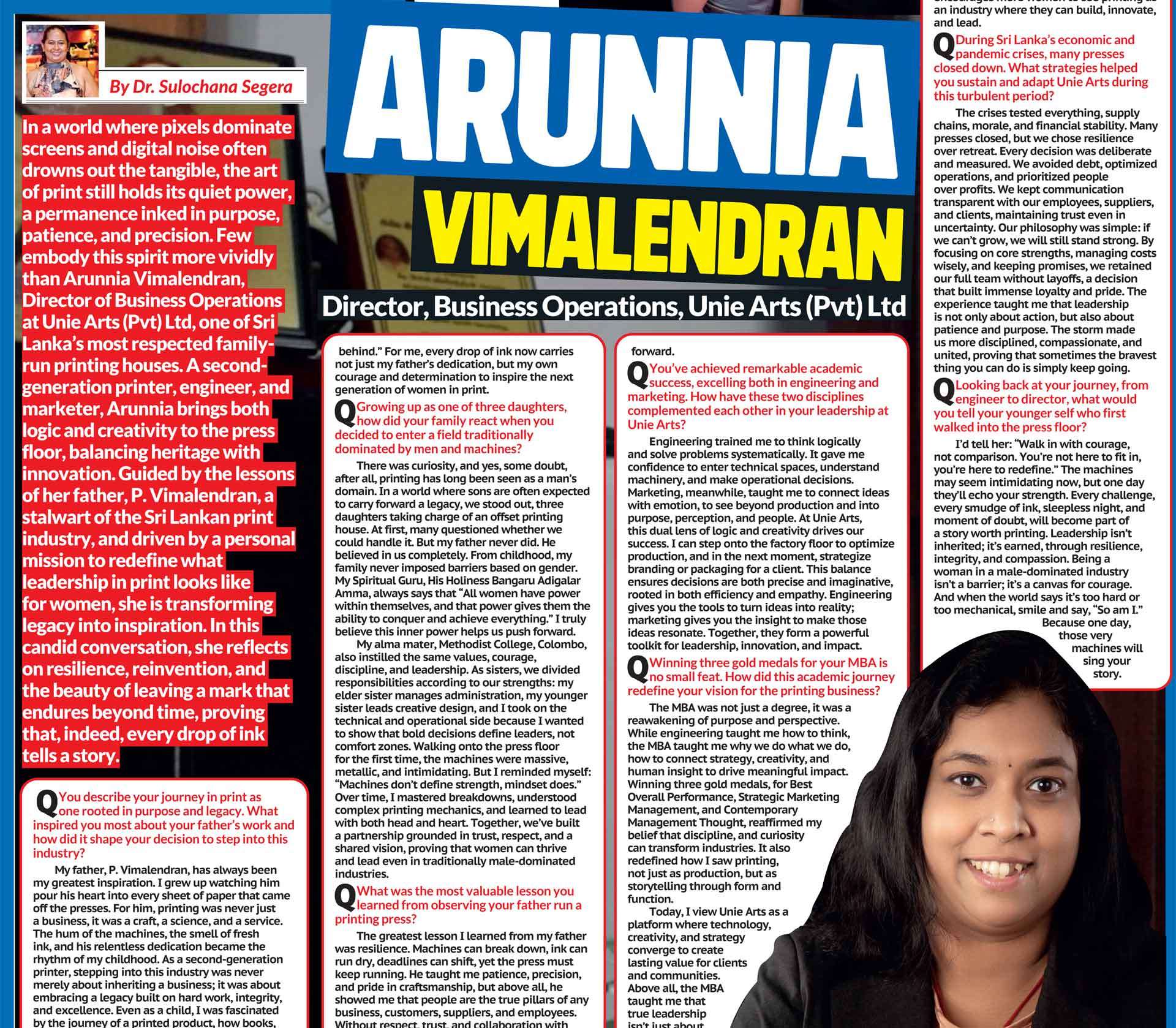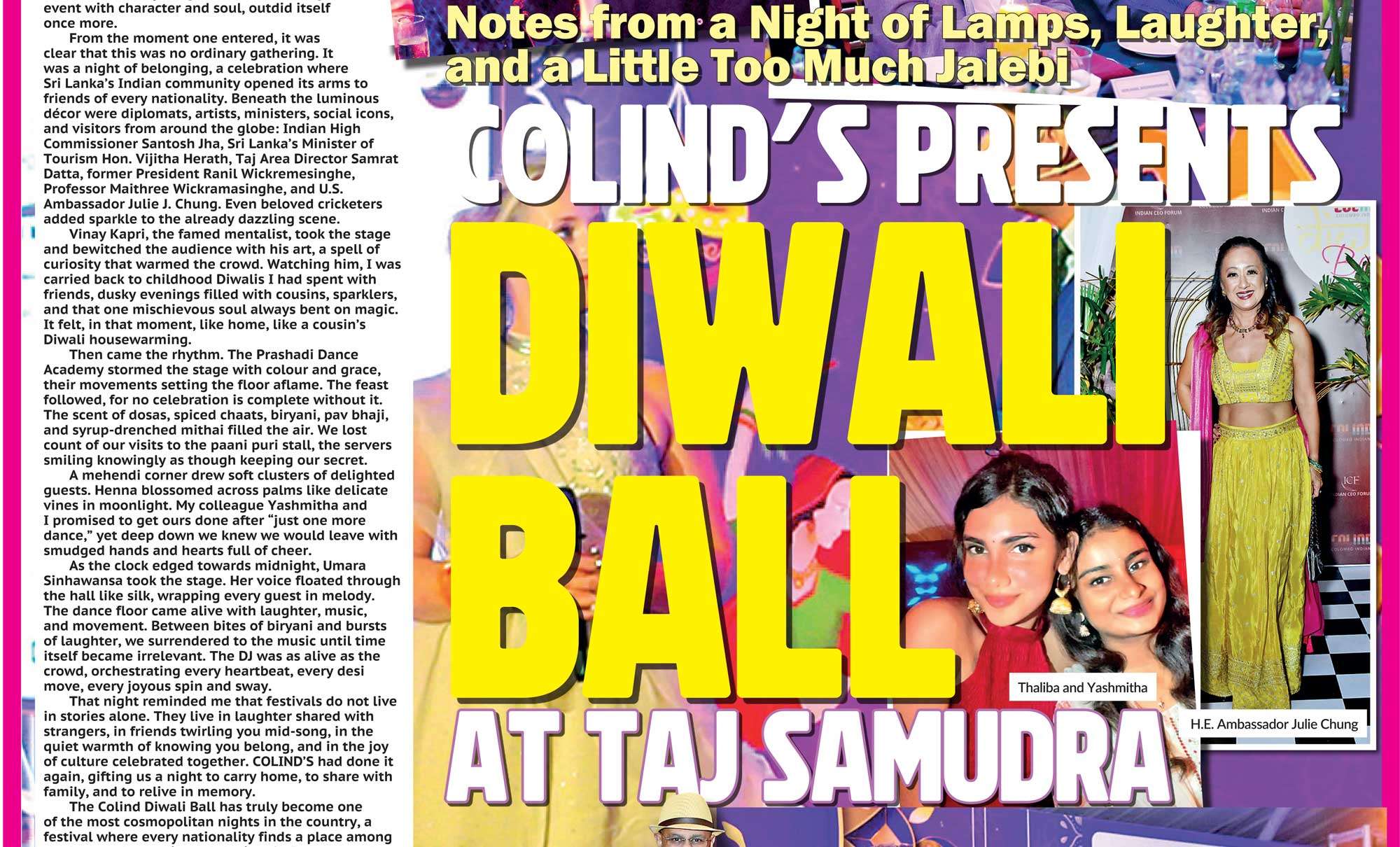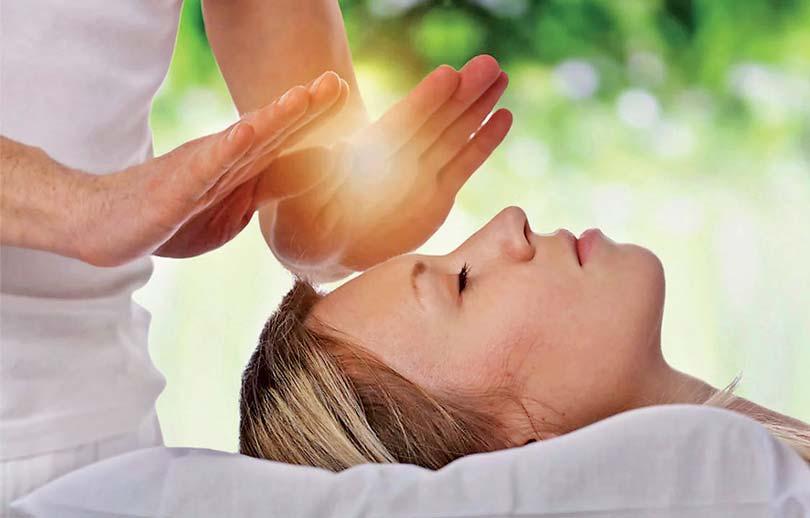
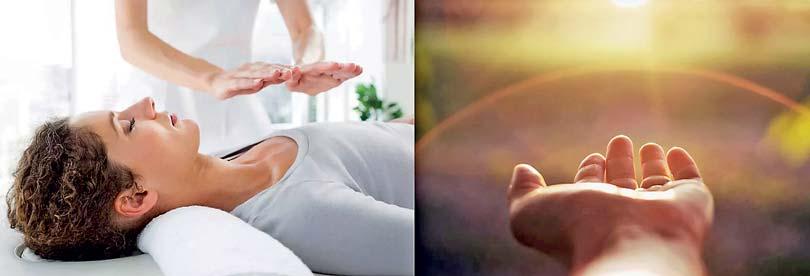
By Giselle Gunewardene
In an era where mindfulness apps are mainstream and yoga retreats dot every corner of the globe, it’s no surprise that energy healing, a practice once relegated to the fringes, is now enjoying a moment in the wellness spotlight. But is it science, spirituality, or simply a placebo cloaked in ritual? Energy healing, often described as the manipulation of the body’s subtle energies to promote physical, emotional, or spiritual well-being, takes many forms. From Reiki and crystal therapy to pranic healing and chakra balancing, the modalities vary widely, but all are based on the central idea that the human body possesses an energetic field that can be recalibrated for better health. Sceptics are quick to dismiss these practices as pseudoscience. After all, the idea of unseen energy fields cannot be measured using conventional medical tools. Yet, millions worldwide claim real relief, from stress, chronic pain, and even trauma, through energy healing. So, what’s really going on?
A Blend of Ancient Wisdom and Modern Curiosity
Energy healing is far from new. Practices like acupuncture and Ayurveda have been balancing energy (or "prana" and "qi") for thousands of years. What’s changed is how these practices are now marketed and consumed. Modern energy healers often blend ancient traditions with contemporary wellness culture, replacing incense and chants with clean, minimalist aesthetics and social media savvy. For example, Reiki, a Japanese healing technique founded in the early 20th century, is now taught in luxury wellness resorts from Bali to California. Crystal healing, once associated with New Age mystics, is championed by celebrities and influencers. This evolution has helped energy healing reach a broader audience but also attracted criticism for commodifying sacred traditions.
What Does the Science Say?
This is where things get complicated. Scientific research on energy healing is limited and often inconclusive. Some studies suggest that Reiki can reduce anxiety and improve quality of life in cancer patients, while others show little to no effect beyond placebo. Critics argue that positive outcomes are likely due to the relaxing environment and one-on-one attention patients receive during sessions, not the energy work itself. Yet, proponents argue that just because something hasn’t been measured doesn’t mean it isn’t real. “Science hasn’t caught up with energy medicine,” says holistic therapist Shanti Rao. “We’re only beginning to understand the role of subtle energy in the body.” Some believe advances in quantum physics may one day validate energy healing concepts that currently defy traditional explanation.
Healing or Hype?
For many, the question isn’t whether energy healing works in a lab, it’s whether it works for them personally. And in that sense, energy healing might not be about fixing symptoms but creating space for the body and mind to rest, release, and recover. That emotional release, while intangible, is enough for many to keep coming back.
Navigating the Wellness Minefield
So, is energy healing wellness or woo-woo? The answer lies somewhere in between. While it’s not a replacement for evidence-based medical care, energy healing can be a supportive tool for emotional and mental well-being, if approached with open-minded discernment.
The key is to stay grounded. Seek qualified practitioners, avoid anyone who promises miraculous cures, and listen to your own body’s response. Like much of the wellness world, energy healing is as much about belief and experience as it is about biology. In the end, whether it’s ancient energy or simply the power of intention, what matters most is that it makes you feel whole. And maybe, just maybe, that’s enough.
